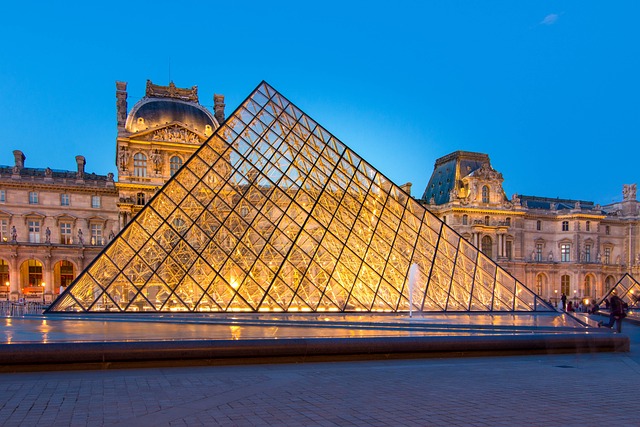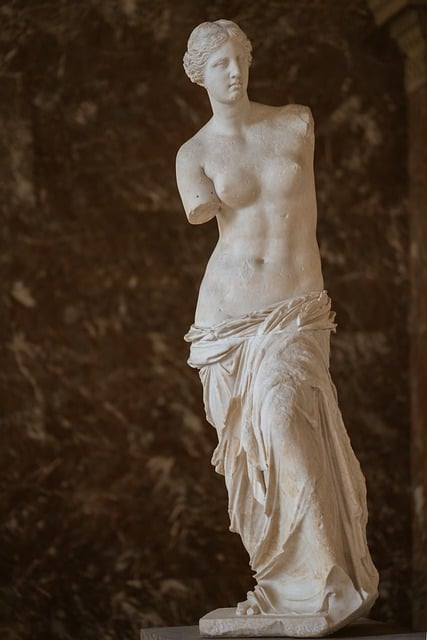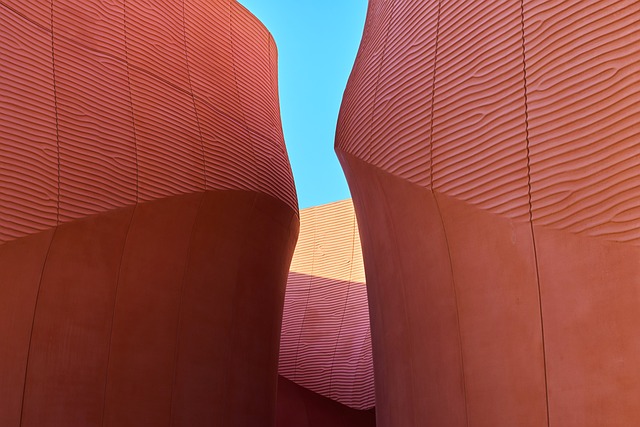Curate Your Visit: A Customizable Museum Art Guide
In today’s fast-paced world, where experiences often feel generic and pre-packaged, the art of personalization has never been more critical. Museums, standing as bastions of cultural heritage and creativity, are increasingly recognizing the need to engage visitors in deeper, more meaningful ways. One innovative approach is the development of customizable museum art guides. These guides allow visitors to tailor their experiences, making each visit as unique as the individuals themselves.
The Rise of Customization in Museums
The last decade has witnessed a seismic shift in how museums approach visitor engagement. Gone are the days of passive observation; the contemporary museum experience is interactive, immersive, and, most importantly, personalized. Research shows that when visitors feel a connection to the content before them, their engagement levels soar, leading to increased satisfaction and likelihood of return visits.
Customization in museum art guides is paving the way for visitors to engage with artworks based on their personal interests, backgrounds, and experiences. Instead of trudging through a pre-determined path filled with descriptive tags and generic information, visitors can now curate their own routes, delve deeper into themes that resonate with them, and make their visits memorable.
Understanding Your Interests
The first step in creating a personalized museum art guide is understanding what resonates with you as a visitor. Do you have a penchant for modern art, or are you drawn to classical masterpieces? Are you interested in the stories behind the artists, or do you prefer to understand the techniques they used? These questions not only help in tailoring the narrative of the visit but also enhance your overall experience.
Many museum websites and apps now offer short quizzes that gauge your preferences, helping you to identify the type of art that captivates you the most. Based on your answers, these platforms can recommend specific exhibitions, artworks, and even thematic tours that align with your interests.
The Customizable Museum Art Guide Experience
Once armed with an understanding of your interests, the next step is to explore how customizable art guides are designed to enhance your museum visit.
Building Your Personalized Itinerary
One of the most exciting features of customizable museum art guides is the ability to create your own itinerary. This bespoke approach means you can choose specific artworks or exhibits to focus on while ignoring those that do not appeal to you. Some platforms even allow you to set the time you plan to spend in the museum, creating an itinerary that is manageable and tailored to your schedule.
For instance, if you know you only have an hour to explore, your guide can suggest a selection of key pieces that can be experienced in that timeframe, minimizing the risk of feeling overwhelmed or rushed.
Interactive Features
Many modern customizable guides incorporate interactive features that add layers of engagement. These could include:
- Augmented Reality Experiences: Some museums offer AR functionalities, where your smartphone can overlay digital content onto physical artworks, providing additional context or animated interpretations of the piece.
- Audio Guides: Select pieces to listen to narrative explanations, artist interviews, or historical context from the comfort of your earbuds.
- Favorites and Notes: Create a digital scrapbook of your visit by saving favorite artworks and jotting down personal reflections, which you can revisit later.
Thematic Exploration
Customizable guides often allow for thematic exploration, where you can select specific themes, artistic movements, or historical contexts. If you’re intrigued by Impressionism, you can choose a path that highlights key works from that period, providing valuable insights into the stylistic elements, historical context, and significance of the artists involved.
Additionally, thematic tours can promote a deeper understanding of social issues, cultural narratives, or interconnections between art and history. This approach allows the museum to tie together disparate works under a thematic umbrella, encouraging visitors to think critically and contextually about the art they encounter.
The Role of Technology
The burgeoning field of technology has been instrumental in enhancing how customizable museum art guides operate. Mobile apps, for example, have transformed the visitor experience. These apps often feature GPS functionality that can guide you from one artwork to the next based upon your preferences. Your curated experience can dynamically react to what you already viewed, suggesting the next stop based on your previous interactions.
Moreover, the integration of machine learning and AI allows these platforms to adapt and refine recommendations over time. The more you engage with the guide, the more personalized and relevant your suggestions become, creating a feedback loop of enriched experiences.
Case Studies in Customization
Many renowned museums have embraced customizable art guides with measurable success. The following case studies illustrate how this innovation has transformed visitor engagement:
The Getty Center, Los Angeles
The Getty Center has adopted a customizable approach through its mobile app, allowing visitors to create their own itineraries based on specific artists, artworks, or themes of interest. By using the app, visitors can receive personalized recommendations and additional context through enriched descriptions and digital content, enhancing the educational aspect of each visit.
The Louvre, Paris
The Louvre’s app incorporates augmented reality features that not only guide users through the museum but also enrich their understanding of the pieces. Visitors can scan artworks to receive detailed narratives, historical insights, and multimedia content, allowing for an expanded and tailored exploration.
Benefits of a Customizable Museum Art Guide
The benefits of utilizing a customizable museum art guide are manifold. Firstly, personalization fosters greater engagement. Visitors who feel connected to what they are viewing are more likely to absorb information and leave with lasting memories.
Additionally, this level of engagement can facilitate learning. Customizable guides allow for an adaptive journey—one that encourages exploration, questioning, and deeper understanding, rather than passive observation. As young individuals increasingly seek impactful experiences over material possessions, museums that embrace customization will likely cultivate a loyal and engaged community.
Challenges and Solutions
Despite its myriad benefits, the shift towards customizable museum art guides does not come without challenges. One significant concern is the digital divide—access to technology can pose a barrier for some visitors. Museums must find equitable solutions that offer experiences for all demographics, including those who may prefer traditional print guides.
Moreover, maintaining accuracy and relevance in the face of evolving knowledge and audience preferences can be challenging. Regular updates and feedback mechanisms can ensure that the content remains fresh, informative, and engaging.
The Future of Museum Experiences
The future of museum experiences lies in the ability to embrace individuality. As technology continues to advance, we can expect further innovations within customizable museum art guides. From immersive soundscapes to tailored virtual experiences, the possibilities are boundless.
Museums may also begin to incorporate more community-driven elements, where visitors can suggest thematic exhibitions or contribute their narratives alongside the artworks. This approach would not only recognize the voice of the visitor but further democratize the museum space.
Conclusion
Customizable museum art guides represent a significant evolution in how we experience culture and art. By recognizing the individuality of each visitor, museums can create compelling, meaningful experiences that resonate on a personal level. As we continue to develop technologies and methodologies that enhance this experience, the museum will undoubtedly become a more inclusive, interactive, and engaging space for all. The future of museum visits is personal, and the canvas of these experiences is waiting for every visitor to curate their own unique journey.


